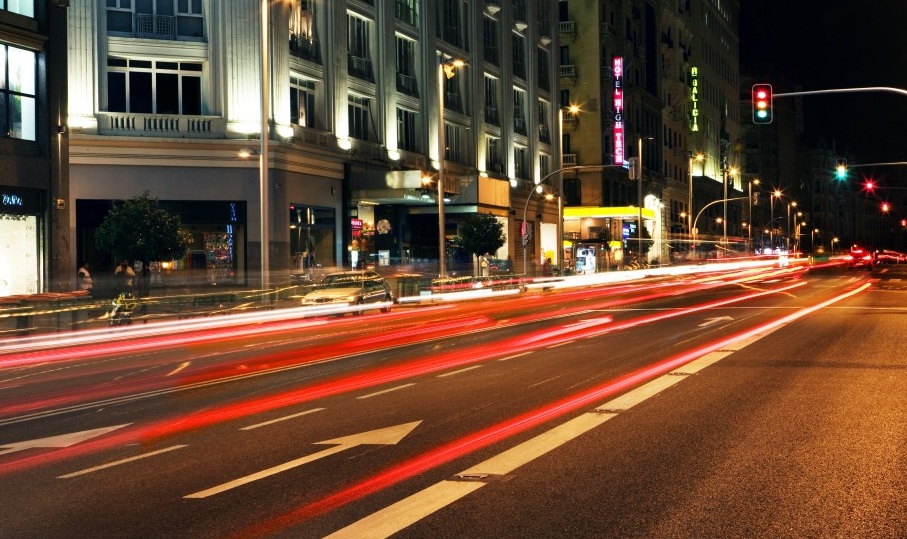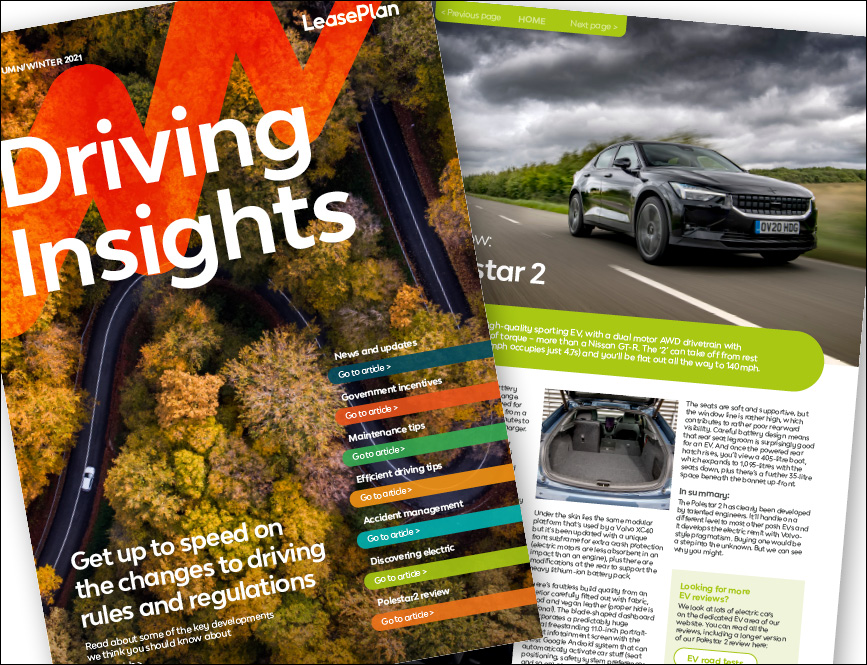You know how it is. You’re sitting down for Christmas dinner, anticipating the pudding, when an aged aunt leans over and asks: ‘What’s your favourite moment from the Fast and Furious films?’
Is it the first time they show nitrous oxide coursing through one of the souped-up street cars? Is it when they tow that immense metal safe through the streets of Rio, crushing everything along the way? Or is it when the Rock straight-up hurls a guy around a police interrogation cell? Which is it?
My own answer always shocks Aunt Mathilda. For it’s not a stunt, a chase or a fight. It’s actually something much simpler: a joke. When our heroes, Dominic Toretto (Vin Diesel) and Brian O’Conner (Paul Walker), need a new car in the fifth film of the series, Fast Five (2011), they go to the local race-meet to try and win one. What follows is familiar from all four previous movies. There’s dance music booming out. Girls high-heel their way across the screen in tight shorts. Guys brag and preen over their motors. And then the race itself begins. Ready, steady…
…no. This time, for the first time in the entire series, we don’t actually see the race. The movie simply cuts to Dominic and Brian returning to their compadres with a new set of wheels. Haha, of course they won! That’s what they do every time. We don’t even need to see it to know how it played out.
But that moment is also something more than a simple gag. It’s a mission statement from the film’s director, Justin Lin, which reads: ‘We’re beyond all that now.’ When the series began, back in 2001 with The Fast and the Furious, it was inspired by a magazine article on the hip-hop, push-up culture of street racing. The chrome and the cleavages, with a small dose of cops ‘n’ robbers, were what it was about. But Fast Five turned the series into something bigger and more ambitious. The same cars and stars are still present, but now they span the globe like James Bond. They take on major cartels and elite forces. They have all grown up.
Lin, by presiding over this change, has become the real auteur of the Fast and Furious-es. He’s now directed five of them, if you include the forthcoming Furious 7. But my favourite is actually, another peculiar choice, his first: Tokyo Drift (2006). That’s the one in which an American high-schooler, played by Lucas Black, is sent to Japan as punishment for wrecking a housing development in a race, like you do. This not only means a new, neon-lit backdrop, but also a new motoring skill: drifting. You can read the Wikipedia-definition, if you want, but really you should just watch this scene from the movie. Woah.
What Tokyo Drift does – in fact, what all the Fast and Furious movies do, although Tokyo Drift is the best example – is celebrate the art of driving. Some people may scoff at this particular art form, as well as at all the rap on the soundtrack. But the fact remains: as Fred and Ginger dance, as Sinatra sings, as Streep acts, so these stuntmen and women drive. Whether it’s the wheel-to-wheel precision during some of the freeway heists, or that corkscrew drift from one level of a parking lot to another, their work frequently astounds. There’s some God-honest talent in these popcorn flicks.
But motoring stunts alone can’t explain the enduring popularity of the Fast and Furious series, nor why it has grossed over $2 billion worldwide. There must be something else going on. And my guess is that it’s a quality not generally associated with summer blockbusters: strong and (mostly) likeable characters. Dom and Brian may not be particularly novel creations – the former is a crim with a heart; the latter, at least to begin with, is a cop with a wild streak – but, as a rule, their stories are treated as the most important thing on screen. In this respect, the Fast and Furious-es are similar to the great car movies of the 70s. They’re more about the people than the motors.
But the Fast and Furious films are different from most of their 70s counterparts by existing in the plural. Each new sequel adds to the latticework of people and relationships from the previous movie. They’re all part of the whole. Characters betray each other, reconcile, marry and have kids in one continuous 684-minute mega-film. Even Tokyo Drift, the entry that’s set furthest apart from the others, has been brought into the fold. By feat of timeline-adjustment, one of its characters evaded death to appear in parts four, five and six. Another could return for parts seven, eight and nine. Yes, nine.
If anything, it’s this commitment to a cast of characters that can get silly – not the action sequences. A key component of the fourth film, Fast & Furious (2009), was the death of Michelle Rodriguez’s Letty. She had been there from the beginning, she was Dom’s love, and so this should have been a terribly meaningful moment. But, hey, what do you know? She was back in last year’s Fast and Furious 6. The Grim Reaper’s grip is as weak in the Furious-verse as it is in comic-books.
And that’s not the only bit of silliness. The first film struck on a theme by having Dom sit at the head of a dining table, a patriarch to the motley crew around him. The worst film of the lot, 2 Fast 2 Furious (2003), continued it by adding ‘bro’ to the end of every other line. But now each successive film spells it out in bigger and bolder script. ‘Family just got bigger.’ ‘Food, family and friendship.’ ‘You don’t turn your back on family.’ Family, family, family. The bad guy in Furious 6 even tells Dom, having never met him before, that ‘Your code is about family.’ It’s like being smashed round the head with an exhaust pipe.
Yet it’s easy to forgive these excesses, not least because they are well-meaning. Themes such as family and friendship are good ones, and the Fast and Furious series has managed to deliver them in deed as well as in dialogue. We’ve enjoyed seeing its family grow over the past thirteen years. And we’ve also lamented its losses. It’s now clear that Furious 7 will be Paul Walker’s last ever film, after his tragic death in a car-crash last year. Judging by the recent trailer, it will be one helluva way to go out.




